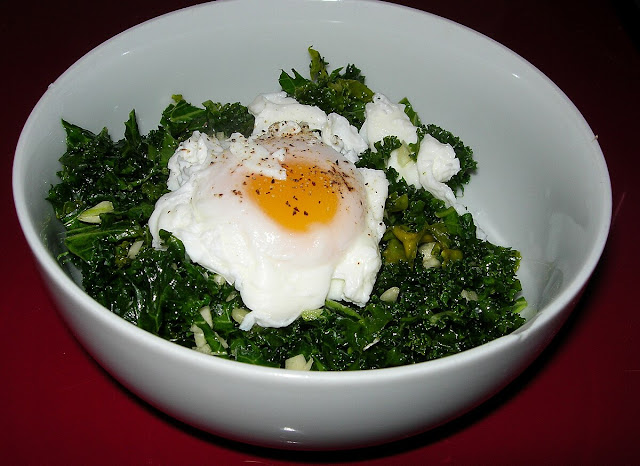Low-Carb vs. High-Protein Diets: Which One Works? With the rise of diet culture an
With the rise of diet culture and countless weight loss strategies, two of the most popular and widely debated approaches are low-carb and high-protein diets. Both diets have their advocates and critics, and both claim to help with weight loss, muscle building, and improved overall health. However, their mechanisms and long-term effects on the body differ significantly.If you’ve ever wondered which diet is better for weight loss, muscle gain, and overall health — or whether you can combine aspects of both — you’re not alone.
Understanding Low-Carb and High-Protein Diets
A low-carb diet focuses on reducing the intake of carbohydrates — typically to less than 100 grams per day — and increasing the intake of fats and proteins to compensate for the calorie deficit. The idea behind low-carb diets is to shift the body from burning carbohydrates for energy to burning fat (a state known as ketosis).
Types of Low-Carb Diets:
Extremely low in carbs (less than 20–50 grams/day)
High in fat (around 70% of daily calories)
Moderate in protein (20–25% of daily calories)
Atkins Diet:
Starts with very low carbs, gradually increases over time
High in protein and fat
Paleo Diet:
Eliminates processed carbs (grains, legumes)
Focuses on whole foods like meat, fish, fruits, vegetables, and nuts
Low-Carb Mediterranean Diet:
Focuses on healthy fats (olive oil, fish)
Moderate protein and reduced refined carbs
What Is a High-Protein Diet?
The recommended dietary allowance (RDA) of 10–15 percent is significantly higher when protein intake is increased to 25–35 percent of daily calories in a high-protein diet. The goal is to preserve lean muscle mass, reduce hunger, and enhance metabolic rate through the thermic effect of food (TEF) — the energy required to digest and metabolize food.
Types of High-Protein Diets:
Dukan Diet:
High in lean protein
Restricts carbs and fats
Follows a structured, multi-phase approach
Carnivore Diet:
Based exclusively on animal products
Eliminates all plant-based foods
Zone Diet:
Aims for 30% protein, 40% carbs, and 30% fats
Focuses on portion control and balanced macronutrients
How Low-Carb and High-Protein Diets Work in the Body
Low-Carb Diet:
The body typically uses glucose (from carbs) as its primary energy source.
When carb intake is restricted, the body turns to stored fat for fuel — a process called ketosis.
In ketosis, the liver produces ketones from fat, which the body (including the brain) uses for energy.
High-Protein Diet:
Protein itself is not a major source of energy; however, it enhances muscle repair and maintenance.
Excess protein is converted into glucose through a process called gluconeogenesis when carbs are low.
Protein increases the thermic effect of food (TEF), meaning it burns more calories during digestion.
Impact on Blood Sugar and Insulin
Low-Carb Diet:
Reduces insulin spikes by limiting glucose intake.
Stable blood sugar levels may reduce hunger and fat storage.
High-Protein Diet:
Protein stimulates insulin production but has a smaller effect on blood sugar than carbs.
Helps regulate blood sugar levels by slowing digestion and reducing sugar spikes.
Muscle Preservation and Growth
Low-Carb Diet:
Ketogenic diets are often moderate in protein, which may limit muscle growth.
Lack of carbs can reduce performance in high-intensity exercise due to depleted glycogen stores.
High-Protein Diet:
Protein provides the building blocks (amino acids) for muscle repair and growth.
Promotes muscle preservation even during calorie restriction.
Hunger and Satiety
Low-Carb Diet:
Ketones have an appetite-suppressing effect, which reduces hunger.
High fat intake can increase feelings of satiety.
High-Protein Diet:
Protein increases satiety through the release of hormones like PYY and GLP-1.
Reduces ghrelin (the hunger hormone), helping to control cravings.
Benefits of Low-Carb Diets
Rapid weight loss (initially from water loss due to glycogen depletion)
Reduced appetite due to ketosis and fat intake
Improved insulin sensitivity and blood sugar control
Potential improvement in mental clarity due to ketone production
Beneficial for metabolic syndrome and type 2 diabetes
Best For:
Fast initial weight loss
Reducing blood sugar and insulin resistance
Lowering triglycerides and improving heart health
Benefits of High-Protein Diets
Enhanced muscle preservation and growth
Increased thermogenesis (burning more calories during digestion)
Reduced cravings and improved satiety
Improved bone health and immune function
Sustainable for athletic performance and muscle maintenance
Best For:
Building and maintaining lean muscle mass
Improving strength and athletic performance
Appetite control and gradual weight loss
Drawbacks and Risks
Keto flu — fatigue, headaches, irritability during carb withdrawal
Potential nutrient deficiencies (fiber, magnesium, potassium)
Reduced exercise performance for high-intensity activities
Increased cholesterol levels (due to high saturated fat intake)
High-Protein Diet Risks:
Increased strain on kidneys (in people with pre-existing kidney issues)
Excess protein converted to glucose can interfere with ketosis
Risk of increased saturated fat intake (from animal proteins)
Potential loss of calcium from excessive protein intake
Which Diet Works Best for Weight Loss?
Low-Carb Diets:
Effective for rapid initial weight loss (mainly water and glycogen).
Promotes fat burning but may plateau over time.
High-Protein Diets:
Effective for long-term fat loss and muscle preservation.
Higher satiety and better adherence for athletes and active individuals.
Research Shows:
Low-carb diets produce faster initial weight loss but are not significantly more effective than high-protein diets over 12 months.
High-protein diets help preserve muscle mass and maintain metabolic rate during weight loss.
Can You Combine Both Diets?
Yes! A low-carb, high-protein diet can offer the benefits of both approaches:
Rapid fat loss from carb restriction
Muscle preservation and satiety from increased protein intake
Example:
Keep carbs under 100 grams per day.
Increase protein to 30–35% of daily calories.
Include healthy fats from sources like avocado, olive oil, and nuts.
Conclusion: Which Diet Is Right for You?
Low-Carb Diet: Best for quick fat loss, improved blood sugar control, and metabolic syndrome.High-Protein Diet: Best for muscle maintenance, long-term satiety, and strength training.If you value faster weight loss — go low-carb.
If you prioritize muscle and athletic performance — go high-protein.
For the best of both worlds — try a low-carb, high-protein hybrid diet.





Comments
Post a Comment